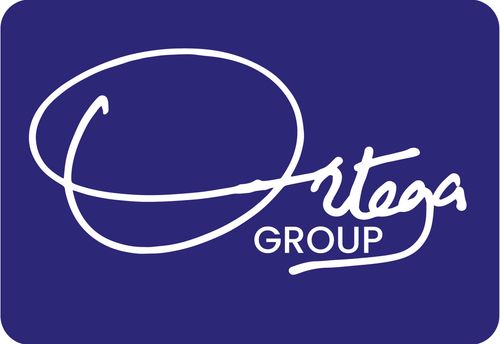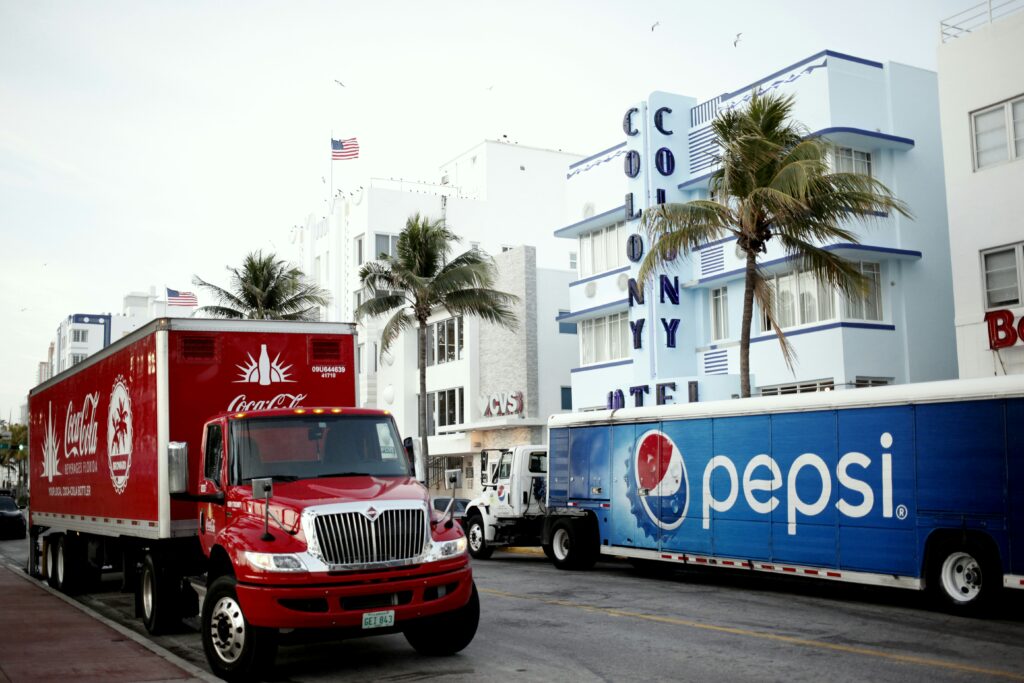Growth is probably the most important Key Performance Indicator (KPI) for any business leader. In fact, not just leaders, it’s the KPI of every individual. Growth is what drives societies. Growth is what drives companies. Yet, the question often arises; ‘should one invest ahead of demand?’
If a manufacturing company wanted to expand, on what should this decision be based on? Should the company invest ahead of demand? Should it rather have an under-capacity problem, waiting to ascertain demand? Or should it have an over-capacity problem? Which of the two problems is the better one to have?
Here’s the risk, if one chooses to pursue demand-led growth, there’s the possibility that they will be too late for that demand when it comes around. Let’s assume Coca Cola delayed an investment in an energy drink facility, and Pepsi goes ahead and makes the same investment. It means that Pepsi will have the first-mover advantage and eat away the market share by the time Coca Cola wakes up to make the same investment.
Yet, it’s also not this obvious. It’s possible that Pepsi makes this investment, but the demand never actualizes, thus Pepsi will have an under-utilized asset. There’s also the advantage that Coca Cola may get from a delayed investment, such as learning from the mistakes of the first mover.
Capacity-sizing decisions are double-edged swords, and many organizations tend to commit mistakes when it comes to expansion phases. It’s also possible for the market to shift. Legislation could also affect a new investment. Take an example of the Opaque beer (Chibuku) plant that Nile Breweries had to close due to change in legislation.
There’s also an issue, when it comes to most projects, viability is approved best on pay back periods, and discounted cash-flows. However, this incentivises the models and assumptions to be made in such a way to favour project approval. If the criteria for a project to get approved is a payback of less than 3 years, then it’s easy for one to seek the kind of assumptions that make this true.
The over-capacity or under-capacity problem should ideally be addressed from two angles. One, based on the risk-appetite of the organization and their data-accuracy. Second, based on the responsiveness and agility of the organization. For organizations that are slow to react to changes in demand, it’s better they error on the side on action (thus investing ahead of demand). For organizations that are agile and can deliver projects with faster timelines, then they can wait out until the demand starts to actualize.

